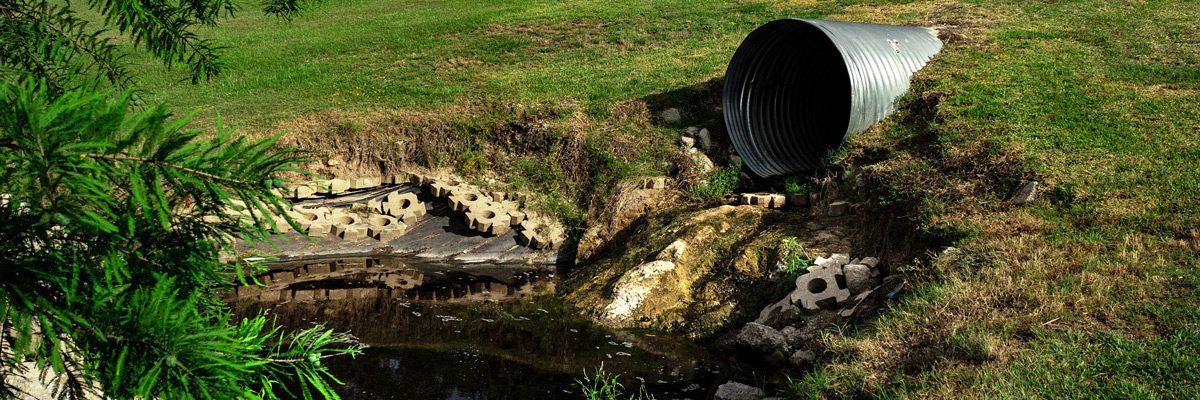All these new builds include some form of solar planning. Either in orientation, or window protection, or solar electric generation, the sun is never far from these planners minds.
http://www.hgtvpro.com/hpro/green_building/article/0,3142,HPRO_27916_6024083,00.html
Five Models of Energy Efficiency: A Guide to Beautiful, Energy-Efficient Homes
Five US builders are being honored for their exceptional achievements in high performance building at the second annual BASF Builders Challenge Awards.
Led by the U.S Department of Energy (DOE), the Builders Challenge is working with homebuilders across America to build a new generation of high-performance homes, working toward the ultimate goal of providing cost-effective, net-zero energy homes by 2030 for all Americans.
To qualify for the Builders Challenge, homes must meet at least a 70 on the EnergySmart Home Scale (E-Scale) — which means they must use at least 30 percent less energy than a typical new home built to code.
| 2010 BUILDERS CHALLENGE AWARDEES | |
Colorado Builder’s Net-Zero-Energy House Costs Just 7% to 8% More
Ecofutures Building Inc. developed four certified Builders Challenge homes (two with minus-three HERS ratings). These net-zero-energy measures represented only 7% to 8% of the total building cost. |
|
Treating the Home as a Whole System
By treating houses as a complete system, David Weekley Homes qualified 280 homes for the Builders Challenge with HERS scores averaging 67. The homes ranged from 1,500 to 5,500 square feet. Get better results by treating the house as a whole system >> |
|
College Students’ Habitat for Humanity Home
Yavapai College students built a Habitat for Humanity house that achieved the remarkably low HERS score of minus-three. Their 1,207-square-foot home cost only $92 per sq. ft. cost to build. |
|
Homebuilder Adds Net Zero Energy Upgrade Package
Artistic Homes of Albuquerque offers a net-zero-energy upgrade option on all their homes. They’ve completed and sold 11 true net-zero-energy homes ranging from 1,305 to 2,905 square feet and costing between $160,000 and $300,000. |
|
Builder Promises Zero Energy Bill for Five Years
Tim O’Brien, a fanatic about eliminating air infiltration, actually got $400 back from the utility the first month after construction was finished. He guarantees a zero energy cost for the first 5 years on his home. |
:}
More next week.
:}






 The right roof is essential to designing an environmentally friendly and energy-efficient home. If you’ve got typical shingles or hot asphalt on your roof—as many homeowners do—you could be doing better. Below are a few cutting-edge roofing techniques that can cut your energy costs and make your house greener at the same time.
The right roof is essential to designing an environmentally friendly and energy-efficient home. If you’ve got typical shingles or hot asphalt on your roof—as many homeowners do—you could be doing better. Below are a few cutting-edge roofing techniques that can cut your energy costs and make your house greener at the same time.